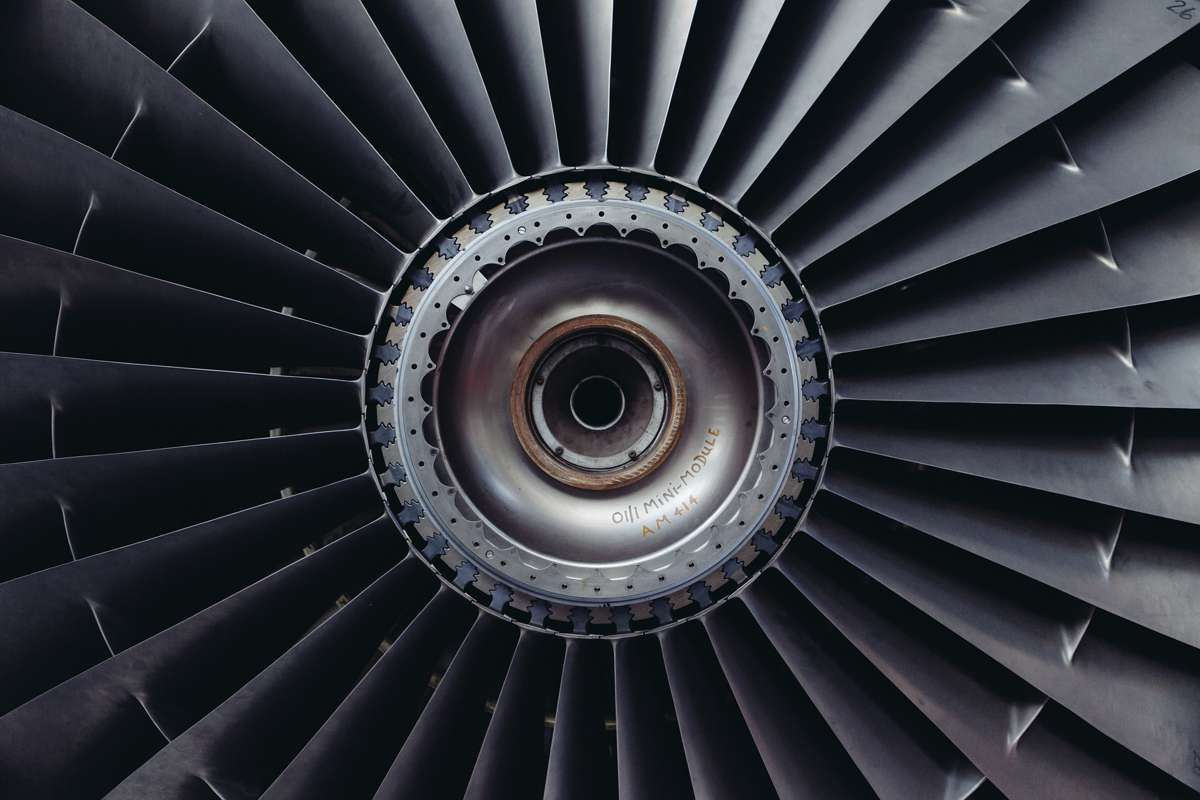Rolls-Royce funding Direct Air Capture demonstrator
Rolls-Royce has secured £3m from the UK Government to build a demonstrator Direct Air Capture (DAC) system, which could play a vital role in keeping global temperature rises to below 1.5C by removing CO2 from the atmosphere.
The demonstrator funding comes from the Net Zero Innovation Portfolio (NZIP) through the Department for Business, Energy and Industrial Strategy (BEIS) and helps deliver on the UK Government’s 10 Point Plan for a Green Industrial Revolution. It follows initial Phase 1 funding of £250,000 awarded in 2021, that allowed Rolls-Royce to design the demonstrator in partnership with the Commonwealth Scientific and Industrial Research Organisation (CSIRO).
The demonstrator, to be built in Derby, UK, will be operational during 2023 and be capable of removing more than 100 tonnes of CO2 per year from the atmosphere. CO2 removed from the atmosphere by such systems can be stored ensuring that it no longer contributes to global warming. It can also be recycled to make fuel for hard to decarbonise sectors such as aviation, enabling the more rapid phase out of fossil fuels.
A full-scale version of this plant could remove 1 million tonnes per year. The UK’s target is to remove 25 million tons of CO2 per year by 2030; and the International Energy Agency (IEA) forecasts that 980 million tonnes a year will need to be removed globally to limit global warming to 1.5C.
Jess Poole, Direct Air Capture Lead for Rolls-Royce, said: “Every credible climate change model requires us to decarbonise today’s emissions, as well as removing CO2 already in the atmosphere via carbon negative technologies such as DAC. Our system combines our expertise in moving large quantities of air efficiently and integrating complex systems, which have been gained from designing world-leading jet engines, with novel DAC technology developed by CSIRO.
“Together the system works like a giant lung, sucking in air, absorbing the CO2, and releasing what is not wanted. We use a water-based liquid to wash around 50% of the CO2 from the captured air. Our technology is distinctive because very little water is used, and the liquid is recycled at low temperatures, making it energy efficient. Other technologies consume a lot of water and require substantial amounts of energy to generate heat for the separation of the CO2.
“This funding is great news for the team, and we’re excited about the future potential of this technology to help fight climate change.”
The demonstrator system will be built and operated by an in-house team at Rolls-Royce in an existing aerospace test facility, called Test Bed 52, on our Derby campus. This facility was previously used to test jet engines and is built for drawing in air and measuring how well new technologies perform.
The development of the DAC technology concept complements the progress Rolls-Royce has made since the launch of our Net Zero roadmap in 2021. The aim is to make operations and facilities net zero by 2030; improving the efficiency of products to burn less fuel and making them compatible with sustainable fuels; and developing new net zero technologies.
Since 2021 Rolls Royce has:
- Launched two new ventures, one for electrical power for flight; and for small modular nuclear power stations.
- Demonstrated key electrical flight technologies and broken three world speed records with the Spirit of Innovation aircraft.
- Launched a subscription service for sustainable combined heat and power and microgrids with SDCL.
- Begun to power the UK’s Chiltern Line with hybrid-electric powerpacks on HybridFLEX trains.
- Brought together key players in the oil and gas industry to help stimulate the supply of sustainable aviation fuel (SAF) and received our first delivery for jet engine testing.
- Approved the Series 4000 and Series 1600 diesel engines for use with a range of EN15940-certified synthetic diesel fuels – including Biomass to Liquid (BtL), Hydrotreated Vegetable Oil (HVO) and Power to Liquid (PtL) fuels – for power generation applications.
- Signed a deal to enable the Port of Duisburg to become climate neutral with a power system that includes hydrogen fuel cells.
- Announced entry into the hydrogen production market and acquired a majority stake in electrolysis stack specialist Hoeller Electrolyzer.
By 2023 Rolls Royce will:
- Have at least one of our manufacturing sites in the UK fully net zero.
- Built and tested UltraFan technology demonstrator, which will be 25% more efficient than the first generation of Trent jet engines, on 100% SAF.
- Demonstrated existing Trent civil aerospace engines are compatible with 100% SAF.




















